$149.00
These Are Field Collected And Approximately 5 – 7 Inches In Shell Length.
Speke’s Hingeback Tortoise: A Fascinating Reptile for Your Collection
The Speke’s Hingeback Tortoise (Kinixys spekii)* is a unique and captivating species of tortoise that hails from Africa. Known for its hinged shell, which allows it to protect itself from predators by closing itself up, the Speke’s Hingeback Tortoise is an interesting and rare pet for reptile enthusiasts. Its gentle nature, distinctive physical features, and modest size make it an ideal addition to any reptile collection.
In this article, we’ll delve into everything you need to know about this tortoise species, including care tips, habitat requirements, diet, and what to expect when looking for a *hingeback tortoise for sale*.
Origin and Habitat of the Speke’s hingeback tortoise for sale
Speke’s Hingeback Tortoise is native to the savannas and woodlands of East and Southern Africa, specifically countries like Zimbabwe, Botswana, Mozambique, and parts of Tanzania. They thrive in relatively dry habitats, but they are also known to seek out more humid environments near rivers or marshes when possible. These tortoises are often found in open grasslands or bushy terrains, making use of the natural cover to hide from predators and forage for food.
One of the most distinctive aspects of the *Speke’s Hingeback Tortoise* is its hinged shell. This feature sets it apart from many other tortoises. The rear of the shell, or plastron, has a hinge that allows the tortoise to close its back end completely, offering enhanced protection from predators like large birds, wild dogs, and other threats in the wild.
Physical Characteristics of the spekes’s hingeback tortoise
Speke’s Hingeback Tortoise is a medium-sized tortoise, usually growing to about 6 to 8 inches in length, though some specimens can reach up to 10 inches. They are characterized by their high-domed, elongated shells, which vary in color from a light brown to a dark, almost black hue. The color often depends on the tortoise’s environment, as natural camouflage helps protect them in the wild.
The *hingeback tortoise* has a scaly, tough skin and strong limbs designed for digging and foraging. Their legs are more robust compared to aquatic turtles but are well-suited for the semi-arid regions they inhabit. One of the key physical traits, as mentioned, is the hinge on the rear part of the shell, which allows them to close off and protect their more vulnerable soft tissue.
Behavior and Temperament
Speke’s Hingeback Tortoises are known for their relatively shy and docile nature. They are solitary animals that tend to avoid conflict, retreating into their shells at the first sign of danger. In captivity, they are generally calm and easy to handle, making them a suitable pet for both novice and experienced tortoise owners. However, they can be somewhat shy and may take some time to adjust to new environments or caretakers.
They are most active during the cooler parts of the day, such as early morning or late afternoon, when they will venture out to forage for food. During the hottest part of the day, they prefer to stay in the shade or burrow underground to avoid the intense heat.
Diet and Nutrition
In the wild, the *Speke’s Hingeback Tortoise* primarily feeds on a herbivorous diet consisting of grasses, leaves, fruits, and flowers. They are opportunistic feeders, sometimes consuming small insects or carrion if plant food is scarce, but in captivity, they should be provided with a strictly plant-based diet to mimic their natural eating habits.
A healthy diet for a Speke’s Hingeback Tortoise in captivity should include:
– *Leafy Greens*: Dandelion greens, collard greens, mustard greens, and kale are excellent choices. These provide essential vitamins and minerals that are crucial for the tortoise’s health.
– *Vegetables*: Carrots, squash, and bell peppers can be offered in moderation. These provide additional nutrients and variety to their diet.
– *Fruits*: While fruit should be given sparingly, small amounts of berries, apples, or melons can be an occasional treat. Fruits contain sugars that are not ideal for regular consumption.
– *Calcium Supplements*: To ensure the proper development of their shells and bones, providing a calcium supplement is essential. This can be done by sprinkling powdered calcium on their food or offering a cuttlebone for them to nibble on.
It’s crucial to always provide fresh water for your tortoise. While they come from dry regions, they still need regular hydration, and a shallow dish of clean water should always be accessible.
Housing and Enclosure Setup
Creating a proper environment for a Speke’s Hingeback Tortoise is essential for their health and well-being. In captivity, they require a habitat that mimics the conditions of their native environment, which is semi-arid but with access to shade and humidity when needed.
Here’s what to keep in mind when setting up an enclosure for a *Speke’s Hingeback Tortoise*:
1. *Size of Enclosure*: For a single tortoise, an enclosure that is at least 4 feet by 2 feet is recommended, though larger spaces are always better. These tortoises enjoy roaming, so providing ample space is important.
2. *Substrate*: A mixture of topsoil and sand is ideal for the substrate. This allows the tortoise to dig and burrow, which is a natural behavior. The substrate should be kept slightly damp to maintain some humidity but should never be soggy.
3. *Temperature and Humidity*: During the day, the basking area should be kept at around 85-90°F, with the cooler side of the enclosure at around 70°F. At night, the temperature can drop to around 60-65°F. Humidity levels should be maintained at around 50-60%. You can achieve this by misting the enclosure or providing a humidity hide.
4. *Lighting*: Like all reptiles, tortoises need access to UVB lighting to metabolize calcium and prevent metabolic bone disease. A UVB light should be provided for about 10-12 hours a day, mimicking natural sunlight.
5. *Hides and Shelter*: Providing places for your tortoise to hide is important for their sense of security. You can use store-bought hides, or create natural hiding spots with rocks and plants.
6. *Water Dish*: A shallow water dish should be available for the tortoise to drink from and soak in. Make sure the water dish is shallow enough that the tortoise can easily climb in and out.
Breeding Speke’s Hingeback Tortoises
Breeding *Speke’s Hingeback Tortoises* in captivity can be a challenging but rewarding experience. Males and females have distinct characteristics, with males typically being smaller but having longer tails. The breeding season often occurs after the rainy season in their natural habitat, and in captivity, breeders may simulate these conditions by adjusting temperature and humidity levels.
After mating, the female will lay a clutch of eggs, usually 2-6, which will need to be incubated at a steady temperature of around 82-86°F. Hatchlings typically emerge after 90-120 days, depending on the incubation conditions. Baby tortoises are incredibly small and fragile, requiring careful attention and proper nutrition from the moment they hatch.
Finding a Speke’s Hingeback Tortoise for Sale
If you’re interested in adding this fascinating species to your reptile collection, there are a few things to keep in mind when searching for a *Speke’s Hingeback Tortoise for sale*.
1. *Reputable Breeders*: It’s important to purchase from a breeder who specializes in Hingeback Tortoises or other African tortoise species. A reputable breeder will provide you with a healthy, well-cared-for tortoise that has been raised in captivity.
2. *Health and Condition*: Always check the health of the tortoise before making a purchase. Look for signs of healthy skin, a firm shell, and bright, clear eyes. Avoid tortoises that appear lethargic or have any signs of respiratory issues.
3. *Captive-Bred vs. Wild-Caught*: Whenever possible, choose a captive-bred tortoise rather than a wild-caught one. Captive-bred tortoises are typically healthier, less stressed, and better adapted to life in captivity.
Legal Considerations
Before purchasing a *hingeback tortoise for sale*, it’s important to be aware of the legal regulations regarding the ownership of exotic pets in your area. Some countries or states have strict laws governing the sale and ownership of tortoises, particularly species that may be threatened or endangered in the wild. Always ensure you have the necessary permits and paperwork before purchasing a Speke’s Hingeback Tortoise.
Conclusion
The *Speke’s Hingeback Tortoise* is a unique and rewarding pet for anyone interested in reptiles. With their fascinating hinged shells, gentle nature, and intriguing behavior, they make a wonderful addition to any tortoise enthusiast’s collection. When properly cared for, these tortoises can live long, healthy lives in captivity, providing their owners with years of enjoyment.
If you’re looking to find a *Speke’s Hingeback Tortoise for sale*, make sure to purchase from reputable sources, provide them with a well-maintained habitat, and follow the proper care guidelines. With the right environment, diet, and attention, your Hingeback Tortoise will thrive, offering you a unique glimpse into the world of these fascinating reptiles.
Be the first to review “Speke’s Hingeback Tortoise” Cancel reply
Related products
TORTOISE for sale
burmese brown mountain tortoise for sale | #1 best price in USA
TORTOISE for sale
TORTOISE for sale
TORTOISE for sale
TORTOISE for sale
TORTOISE for sale
TORTOISE for sale
TORTOISE for sale

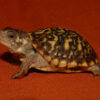
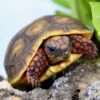
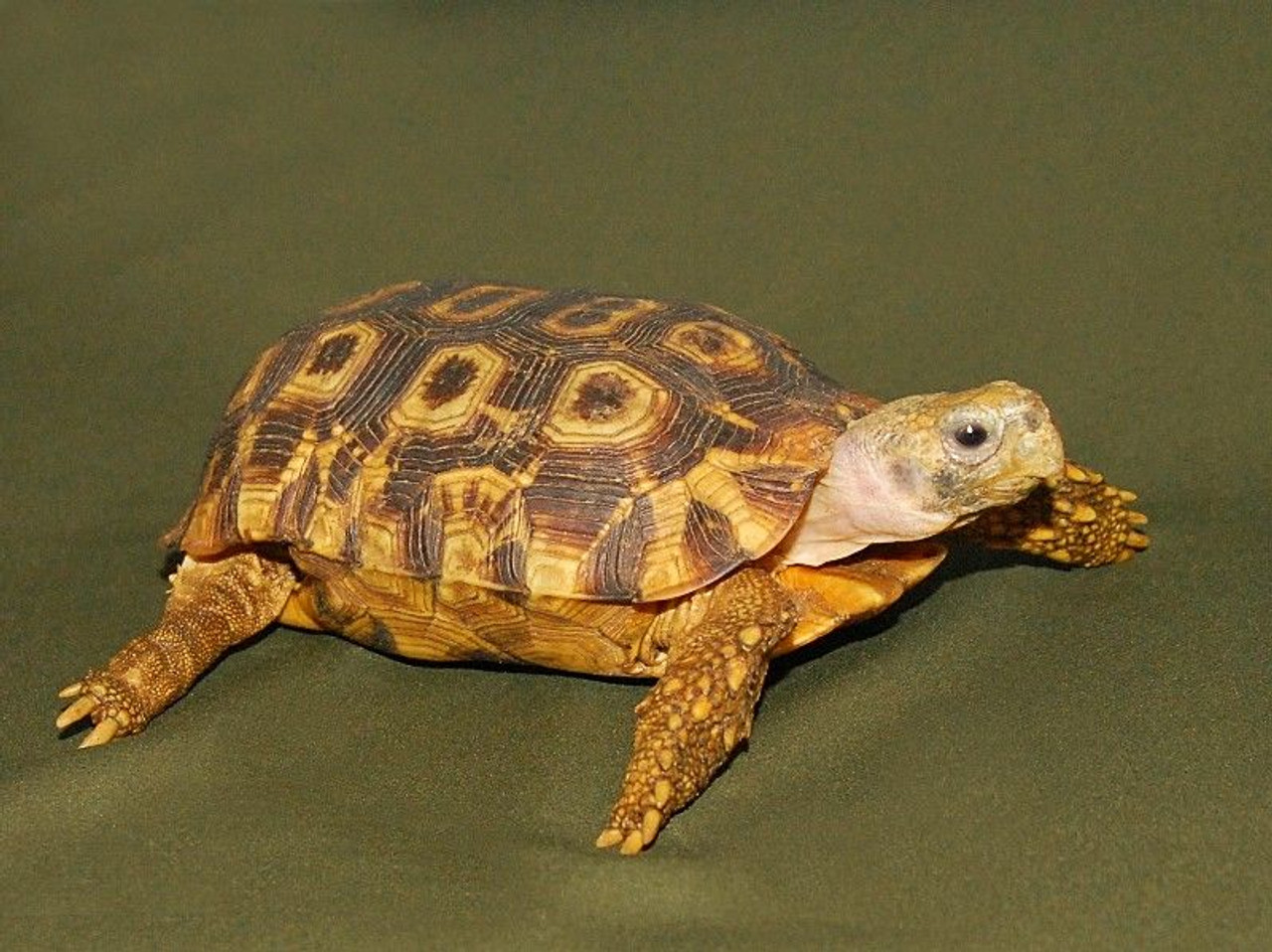
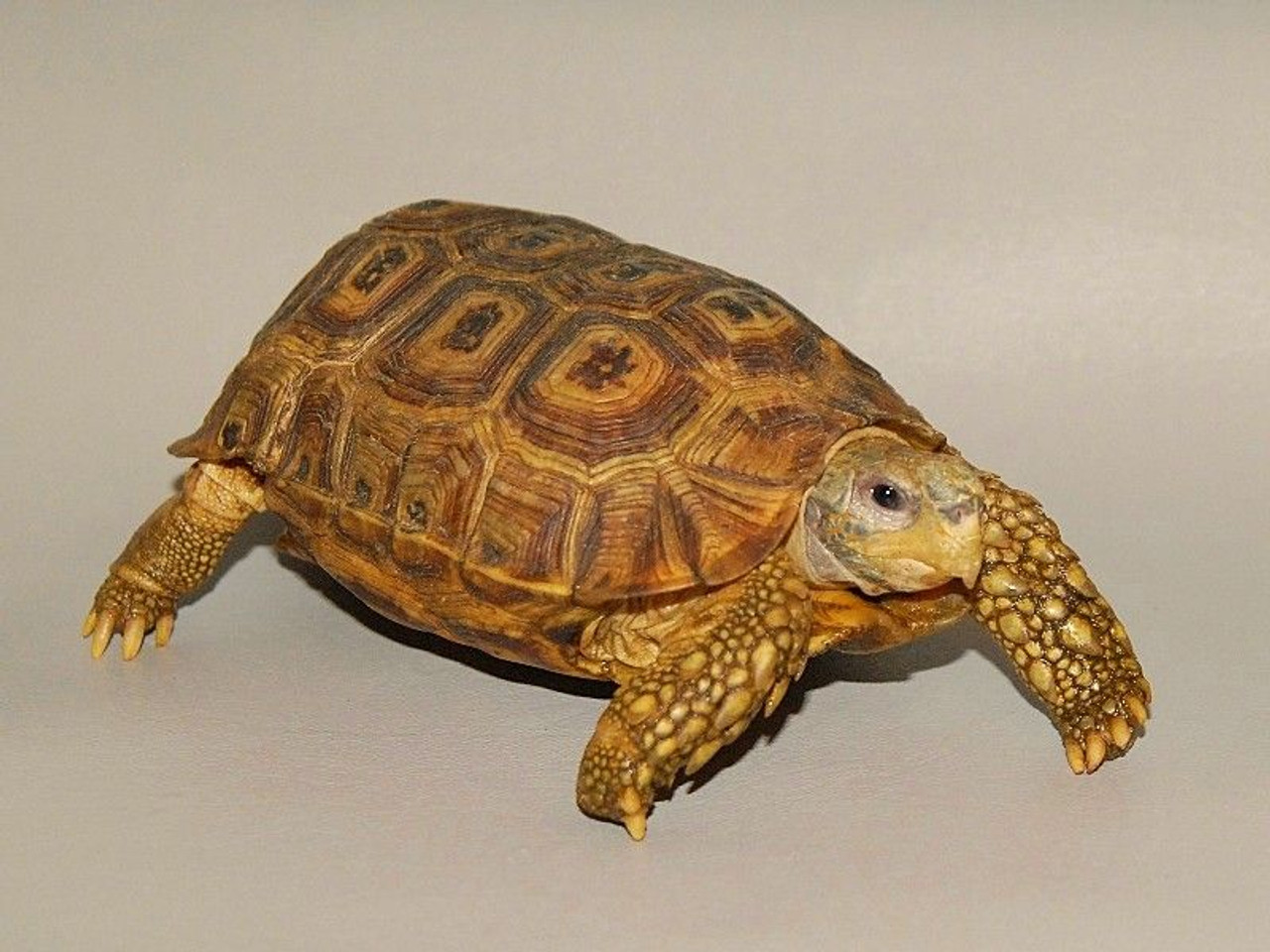

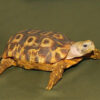
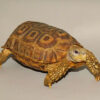
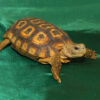

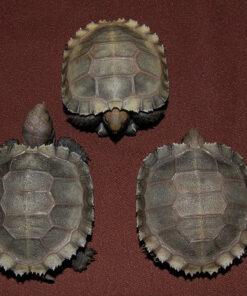
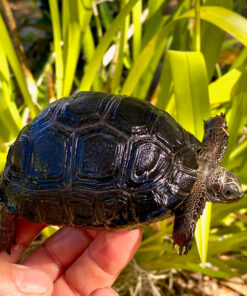
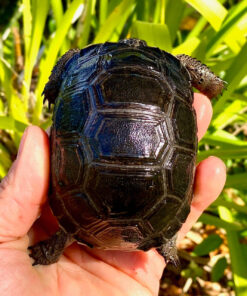
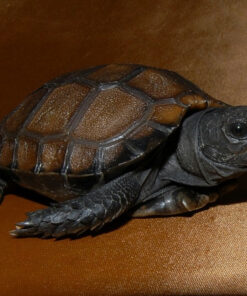
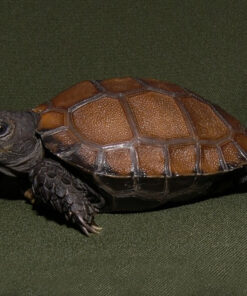

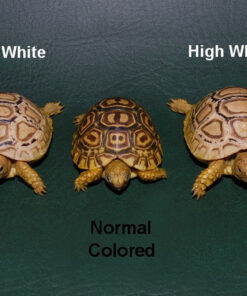
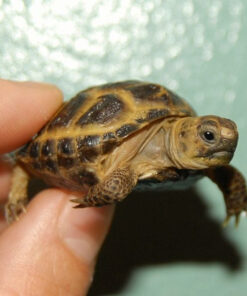
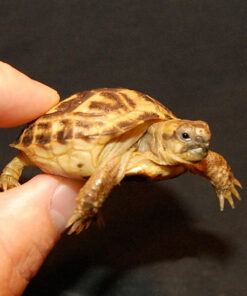
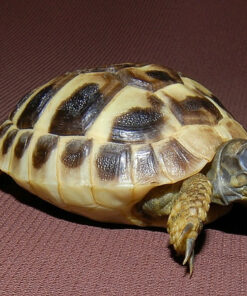


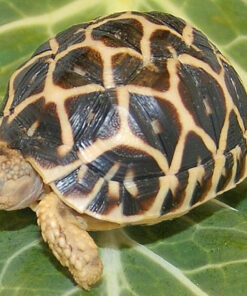
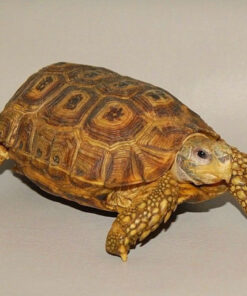

Reviews
There are no reviews yet.